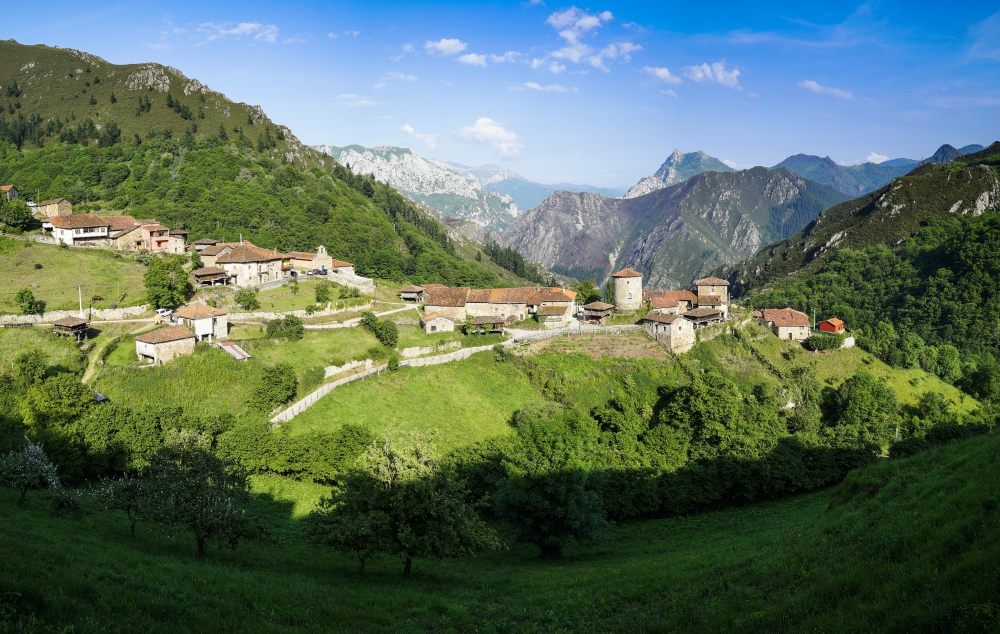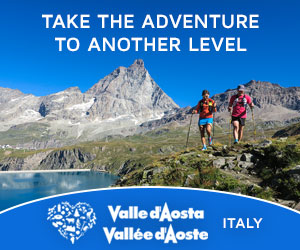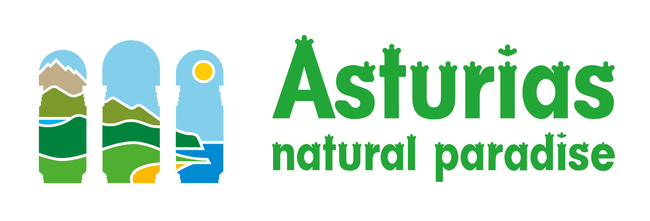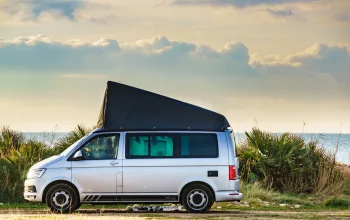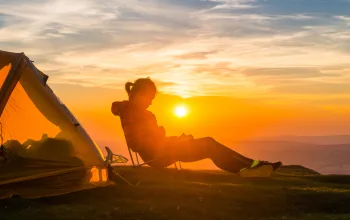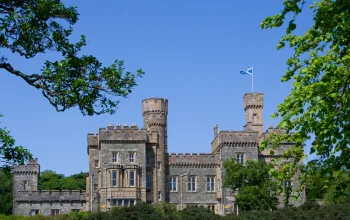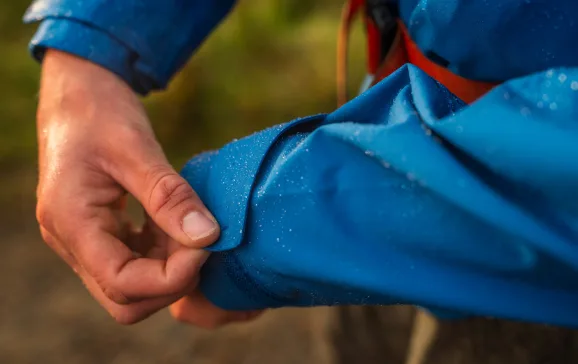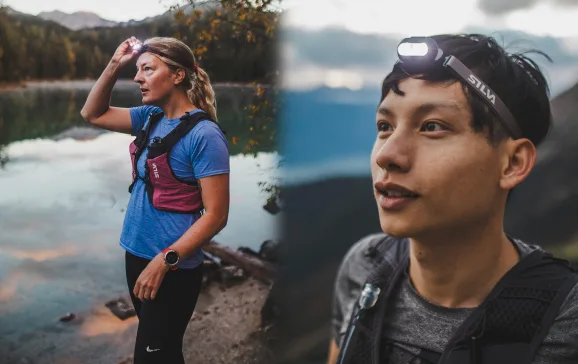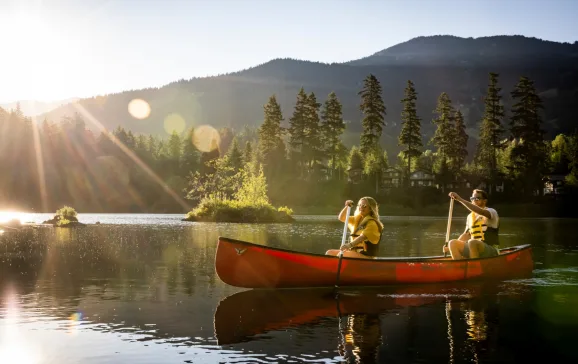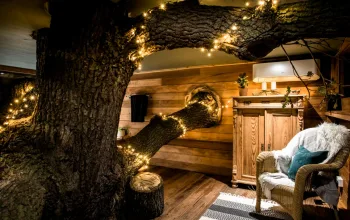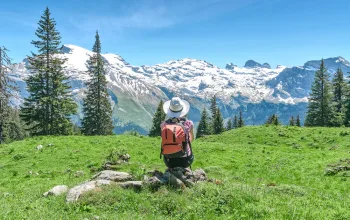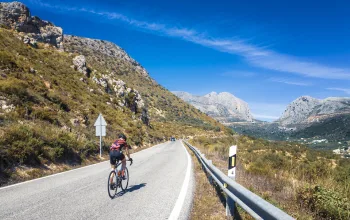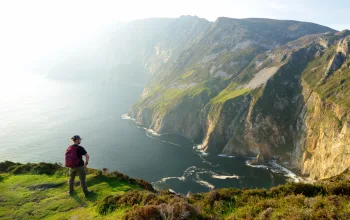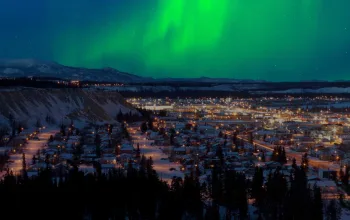When restrictions are lifted and we are able to travel again, the northern Spanish region of Asturias should be at the top of your destination list. Known as 'the Natural Paradise', Asturias has the best-preserved coast in the country and more than a third of it is protected land.
Fringed by the sea and the mountains, Asturias is blessed with a diverse landscape able to support a huge range of sporting activities - on land, in the sea and in the air. In fact, the area was a pioneer in rural tourism in Spain and one of the first regions to develop active tourism.
This comparatively small region (a little larger than the West Midlands, but smaller than the North East of England) is home to seven UNESCO Biosphere reserves - the Picos de Europa National Park, the Eo river, Oscos and Terras de Burón Biosphere Reserve, the, Fuentes del Narcea, Degaña and Ibias Natural Park, the Somiedo Natural Park, the Ubiñas-La Mesa Natural Park, the Redes Natural Park and the Ponga Natural Park.
These wonderful environments play a huge part in ensuring Asturias' pivotal place in the worlds of cycling and canoeing in particular. Two famous landmarks of cycling's Tour of Spain are in Asturias - El Angliru and Lagos de Covadonga - while the Sella's International Descent, is regarded as a Festival of International Tourist Interest.
Surfing, kayaking, canyoning, hiking and mountaineering are among the other activities that have found a welcome home in Asturias, while the regional cuisine is famed for its quality and generosity. Asturias has the highest density of artisan cheese varieties in Europe, and visitors should save room for the fabada, the traditional Asturian dessert of rice pudding, washed down with a refreshing local cider.
Interested? Here are our six reasons why you should visit Asturias for your next active holiday:
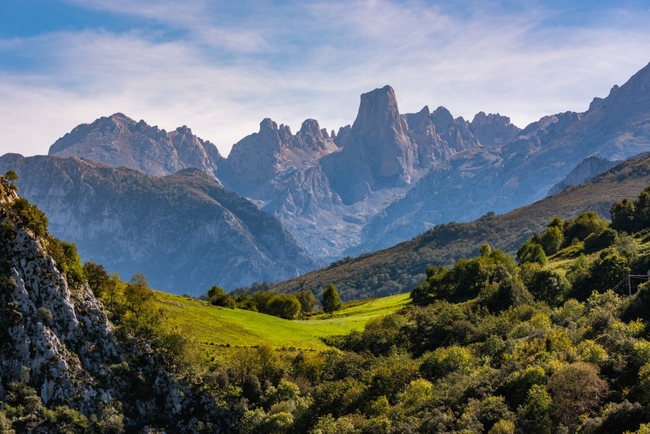
Hiking the lovely Picos de Europa © Orriellu Mampiris
Hiking in Asturias
Asturias has a vast network of long-distance, short-distance and local footpaths - a patchwork of hiking trails that take you deep into the heart of nature. Highlights include historic routes such as the Way of St James, which will heighten your experience of becoming a real pilgrim, while the long-distance paths include the GR.109 'Asturias interior', one of the most beautiful natural paths in Spain, which covers the Cantabrian Mountains in Asturias from east to west, 606 kilometres divided into 27 stages.
And there's the GR.E-9 'Senda Costera', enabling hikers to hug the Asturian coastline from one end to the other and enjoy striking coastal landscapes along a distance of 230km (14 stages) - a route filled with the sights and smells of the sea. Also don't miss the Cares route through the most spectacular gorge of the Picos de Europa, a must-do for every hiker.
But you don't need to embark on a demanding trek to appreciate the beauty of nature here; all ages can gently enjoy any of the 12 Vías Verdes routes (greenways) - old disused railway routes now being used for family-friendly active tourism. Plus keep your eye out for the region's wonderful wildlife that can be spotted here!
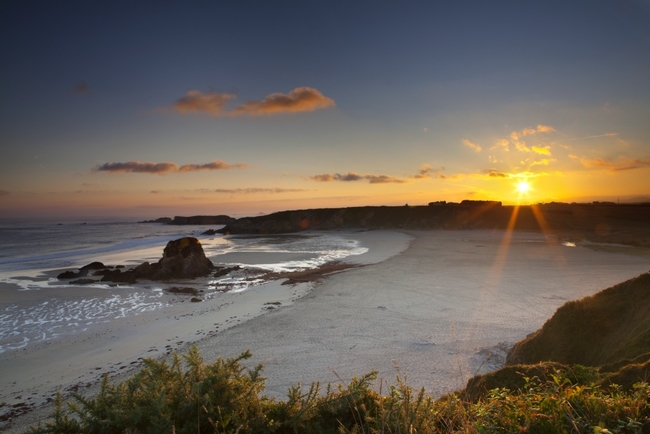
Beautiful Penarronda beach in Castropol y Tapia © Noe Baranda
Surfing the the Cantabrian Sea in Asturias
Magnificent waves make Asturias one of the most sought-after surfing spots both nationally and internationally. There are many Asturian beaches, ideal for surfing, bodyboarding and windsurfing with a wide variety of crests, summits, shoals and waves to play in.
Among the most celebrated are the likes of San Antolín, Cuevas del Mar, Rodiles, Merón, Playa España, San Lorenzo, Xivares, Salinas, El Espartal and the western Cueva, Navia, and La Grande – normally the venue for the European and Penarronda championship.
There ia also a series of festive-sporting events that are a must on every surfer’s annual diary: Salinas Longboard Festival, in July in Salinas (Castrillón), Surf, Music and Friends at the beginning of August also in Salinas, the Open International in Tapia de Casariego, and “Memorial Peter Gulley” during Easter among others.
You can also enjoy less frenetic activities such as paddle surfing, dinghy sailing, or water skiing, banana rides and kitesurfing or just enjoy the natural sea caves near the famous Playa del Silencio.
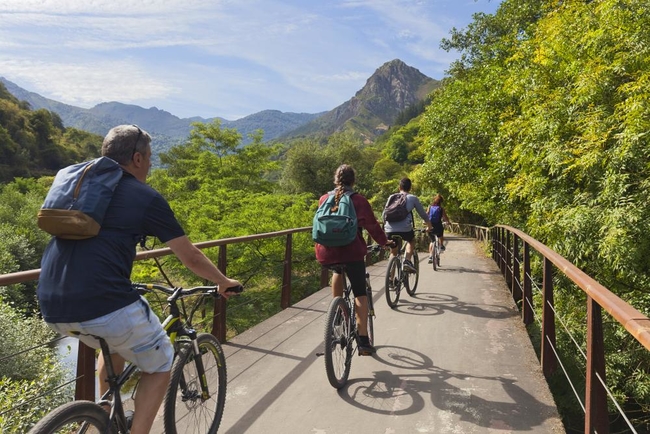
Cycling the greenways in Senda Del Oso © Juan de Tury
Cycling in Asturias
From the gentle paths of the Vías Verdes to the landmark routes of the Cycling Tour of Spain such as: Alto del Angliru, Lagos de Covadonga, Puertos de Marabio, Alto de la Farrapona or the Puerto de San Lorenzo, and the strength-sapping tough mountain ramps, the landscapes of Asturias offer cycling routes and possibilities for all preferences and skill levels.
Grab your mountain bike and ride the Angliru ascent on the Central Mountain of Asturias or tackle the incredible Anillo Ciclista (the Green Cycling Ring) around it. Head to the Covadonga Lakes, in the Picos de Europa, or take the family along the Senda del Oso (Bear’s Path), a Vía Verde that can easily be enjoyed by even the youngest members of the family.
The Lagos de Covadonga Classic, which has been staged for more than 25 years, is one of the most prominent cycle tourism events in the country. More than 3,000 participants cover distances of 110 km across the landscapes of the Picos de Europa.
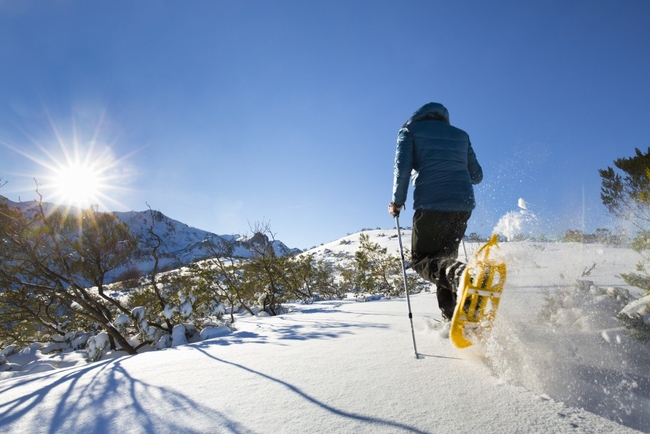
Snowshoeing in Asturias' fantastic winter landscapes © Noe Baranda
Snowsports in the Asturias Mountains
Throughout a good part of the year, the peaks of the Cantabrian mountain range are covered with snow. Cross-country skiing and snowshoeing... the arrival of snow on the Asturian peaks heralds a different kind of adventure. Plus, the arrival of the snow, far from closing the doors to hiking, opens up a world of new experiences.
If you prefer to ski or snowboard, the ski resorts of Valgrande-Pajares and Fuentes de Invierno offer more than 30km of skiable terrain and 46 pistes for all levels. Fuentes de Invierno is the most modern ski resort in the Cantabrian mountains, with more than 8.7km of ski slopes, accessed via five state-of-the-art ski lifts. Valgrande-Pajares has 21.5km of ski slopes, accessed by four ski lifts, as well as a cross country piste and a snowpark.
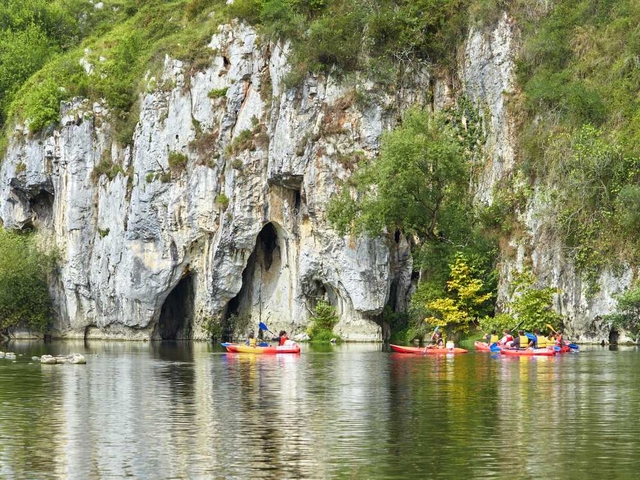
Kayaking and canoeing in Asturias © Juan de Tury
Canoeing and kayaking in Asturias
From white waters to gentle river descents, Asturias is recognised globally as an aquatic destination. The various rivers such as the Cares, the Deva, the Sella, Nalón, Narcea, Navia and Eo, together with other smaller offshoots, form the perfect environment for canoeing and whitewater rafting.
Eastern and western Asturias are the most popular areas for kayaking, particularly in the Picos de Europa area (the Sella, Cares and Deva rivers) and the Valle del Navia, but the sport can be enjoyed throughout the region. The flagship event is the International Descent of the Sella River. Held on the first Saturday in August, this 14km course attracts the best kayakers from around the world.
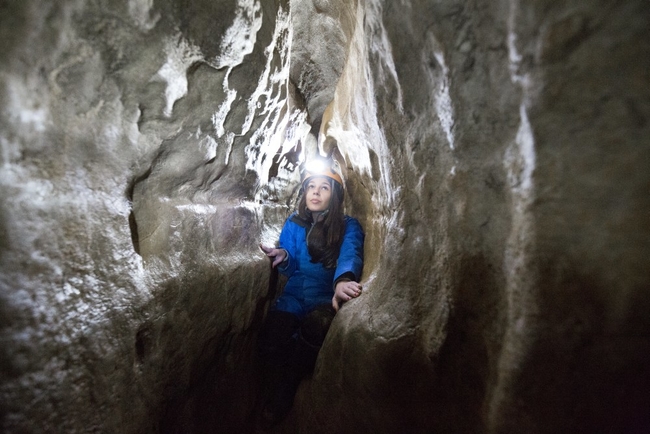
Caving in Asturias © Noe Baranda
Rock Climbing and Caving in Asturias
The first lines of the history of rock climbing in Spain were written on the vertical grey walls of the famous Picu Urriellu or Naranjo de Bulnes.
Choose from traditional, sport or boulder climbing - in the Picos de Europa or other famous climbing areas such as Quirós, with more than 20 different areas and 300 climbing routes. Plus for beginners there are many rock climbing schools across the Asturian region.
Also, once you get kitted out, you can go underground to explore caves deep in the mountains, featuring stunning stalactites and stalagmites. The most iconic places to visit are in the east of Asturias, but other places such as the Cueva Huerta (Teverga), one of the largest cave systems in Asturias is also a must-see.
For more information on these and other activities in Asturias, Spain, visit asturiastourism.co.uk



